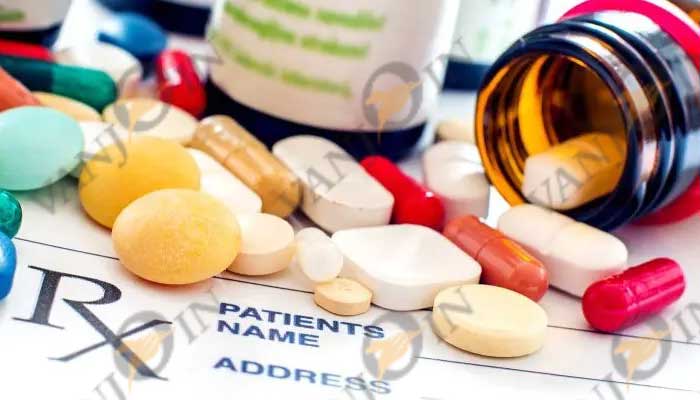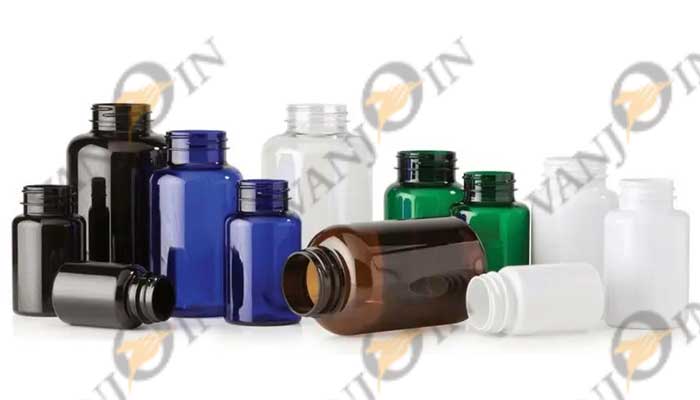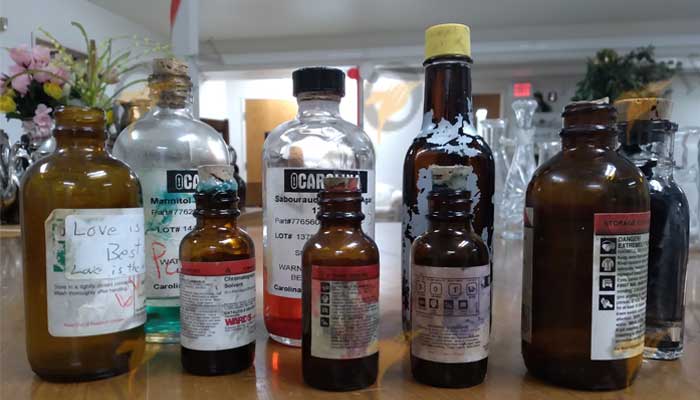Plastic containers vs glass containers for pharma
When it comes to choosing between glass and plastic packaging for pharmaceutical products, many people favour glass because of its environmental benefits over plastic. However, the reality is both materials can be widely recycled and there are actually greater limitations when it comes to recycling glass – as it can only be turned into more glass.
When it comes to application, there are some products whereby glass will be more suitable and there are others that are better off being distributed in plastic packaging.
Here, Vanjoin looks at the suitability of glass and plastic solutions for pharmaceutical packaging – including the benefits of the two materials and some popular packaging products.

Glass vs plastic in pharma packaging
Glass and plastic are both popular primary packaging materials for the pharmaceutical sector. And each offers unique benefits as well as drawbacks.
When choosing packaging, you need to make sure that your selection does not have a detrimental impact on the product. The product must also not alter the properties of the packaging and impact its protective function.
Many medicines can be packaged in both plastic and glass. However, it’s important to consider and monitor how well plastic or glass tolerates any active ingredients. There needs to be a careful examination of the medication at an early stage. This should be carried out when clinical testing for the primary packaging starts.
Now, let’s take a look at both materials in further detail and what they may be suitable for…

Plastic containers
The plastic pharmaceutical packaging market is expected to reach $54.8 billion in value in the next decade. There are many different types of plastic packaging solutions used in the pharma industry, including:
1. Cartridges, nebulisers, and vials
2. Sachets, blister packs, and strip packs
3. Flexible tubes
4. Pre-fillable syringes
5. Jars
6. Squeezable bottles for nasal sprays, eye drops, and eardrops
7. Inhalers
8. Bags for parenteral solutions
9. Plastic packaging systems for aqueous solutions
10. Sterile plastic packaging systems for blood components and human blood
11. Rigid bottles that serve as packaging systems for solid dosage forms, for example, capsules and tablets
There are various types of plastics used for pharma packaging solutions, including Polyethylene Terephthalate (PET), HDPE, LDPE and polypropylene. Depending on the properties of the plastic – such as its rigidity or flexibility, corrosion resistance, weight and more – each product is suited to protecting and storing a range of medicines and cosmetics products.

Glass containers
The glass pharma packaging market is also growing and is expected to reach $18.9 billion by 2027. Some common examples of glass packaging that are driving this growth include:
1. Bottles
2. Jars
3. Vials
The use of pharmaceutical glass packaging is often chosen as a suitable option for packaging strong alkalis and acids and is suitable for packaging materials for most parenteral and non-parenteral preparations.
Type II glass is suitable for most neutral and acidic aqueous preparations, whether parenteral or non-parenteral. Type III is used in non-parenteral preparations. It is only used for parenteral products where suitable stability test data indicates it is satisfactory.
The colour of glass also offers unique benefits in the pharmaceutical space. For example, amber glass is often used to store medicines that need additional protection against harmful UV rays, while clear glass is used to present products on store shelves.
Which is better for the environment? Plastic vs glass
Glass is traditionally seen as the eco-friendly option due to being 100% recyclable and endlessly recycled. However, plastic packaging also offers benefits when it comes to sustainability.
Not only are many plastics widely recyclable but some products are also made from recycled plastic, including recycled PET bottles.
Plastics – especially LDPE packaging – are also lightweight compared with glass packaging, allowing a greater volume of products to be shipped at one time, reducing a company’s carbon footprint.
Ultimately, both glass and plastic packaging solutions provide benefits for eco-conscious pharma companies – and packaging choices should always be based first and foremost on function and patient safety.
Pharmaceutical packaging solutions from Vanjoin
Vanjoin is an industry leader in the design and production of a range of pharmaceutical packaging solutions – including innovative and compliant plastic packaging and glass solutions.
Browse our packaging products or chat with our team to find out how we can work with you to develop a bespoke solution to suit your products and requirements.
Related Information
